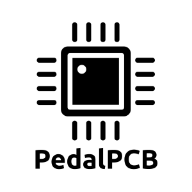Feral Feline
Well-known member
Hello @Ginsley, you might be interested in this thread:
 forum.pedalpcb.com
forum.pedalpcb.com
Have you got any SPDT on-off-on?
Or have you come by some DPDT on-on-on since last posting in this thread?
Switching between multiple resistors
I'm playing around with the Six String Stinger circuit at the moment, planning out a few potential mods. Having learned this week that this OD/boost pedal has absolutely nothing to do with a very clean high headroom boutique tube amplifier - which is obvious on reflection🤦♂️ - and is instead...
Have you got any SPDT on-off-on?
Or have you come by some DPDT on-on-on since last posting in this thread?






